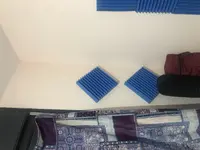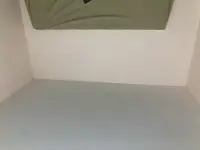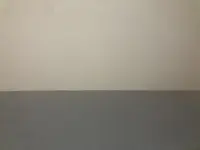Rachael_Rosenbaum
New member
Hello everyone! I’m a folk singer-songwriter, and currently in the process of putting together a simple home recording studio. The room is small but with a few quirky corners. If anyone could advise me on where I need bass traps and about how long/deep they need to be, it would be a tremendous help!! Here are photos of all of the corners in the room.
Attachments
-
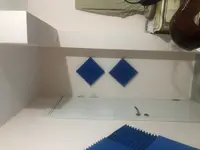 6056E2F3-E979-4A19-AF96-179FA03BB0E4.webp1.5 MB · Views: 126
6056E2F3-E979-4A19-AF96-179FA03BB0E4.webp1.5 MB · Views: 126 -
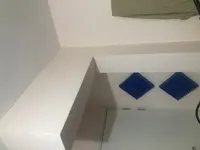 08C52E9D-A27E-4744-92BC-BCB2BF87F887.webp1.3 MB · Views: 129
08C52E9D-A27E-4744-92BC-BCB2BF87F887.webp1.3 MB · Views: 129 -
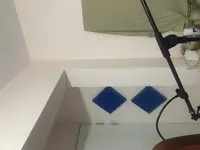 71399D6F-FFB1-4749-9485-9A22D0AE5E18.webp1.5 MB · Views: 114
71399D6F-FFB1-4749-9485-9A22D0AE5E18.webp1.5 MB · Views: 114 -
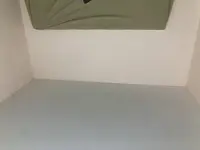 BB9C9F14-B23E-46E1-9010-2373F2EEB84E.webp1.4 MB · Views: 136
BB9C9F14-B23E-46E1-9010-2373F2EEB84E.webp1.4 MB · Views: 136 -
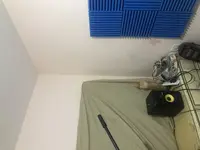 801A09A8-42CC-4EB8-A3E6-3BFB7C58713D.webp2 MB · Views: 131
801A09A8-42CC-4EB8-A3E6-3BFB7C58713D.webp2 MB · Views: 131 -
 FE66B51A-3D47-4956-9485-0E5EB1494DBD.webp916.5 KB · Views: 125
FE66B51A-3D47-4956-9485-0E5EB1494DBD.webp916.5 KB · Views: 125 -
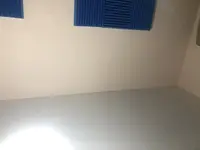 801D467E-6E14-4446-A551-E7E0082B793A.webp1 MB · Views: 128
801D467E-6E14-4446-A551-E7E0082B793A.webp1 MB · Views: 128 -
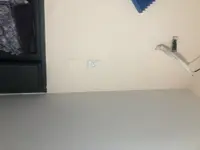 37937B84-A7DF-4B06-A57F-00FAB4BE2F08.webp1.1 MB · Views: 120
37937B84-A7DF-4B06-A57F-00FAB4BE2F08.webp1.1 MB · Views: 120 -
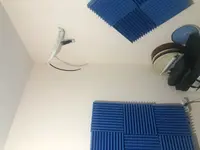 C477FD1D-F79F-4B84-B796-E123B25C410E.webp1.2 MB · Views: 116
C477FD1D-F79F-4B84-B796-E123B25C410E.webp1.2 MB · Views: 116 -
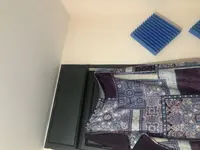 EA5222B5-FAF9-471F-8A8B-C39F177FE629.webp2.3 MB · Views: 126
EA5222B5-FAF9-471F-8A8B-C39F177FE629.webp2.3 MB · Views: 126

